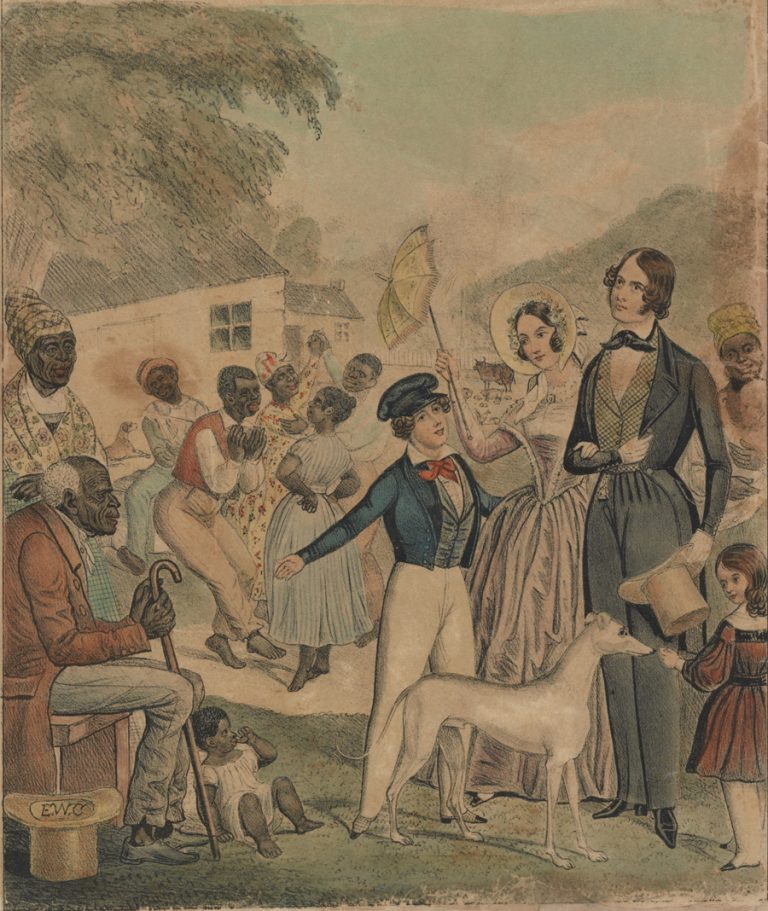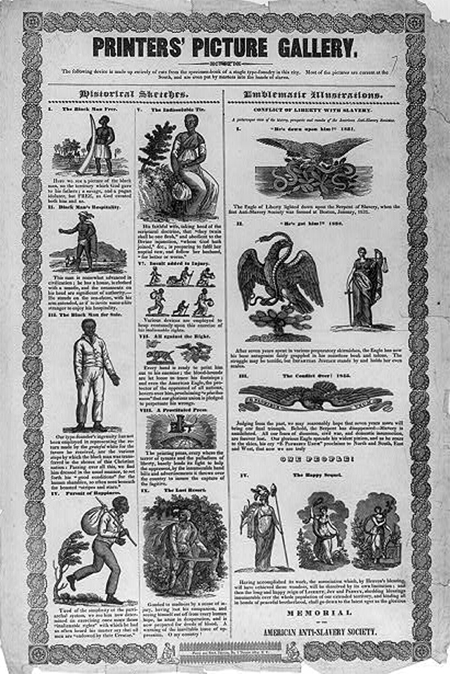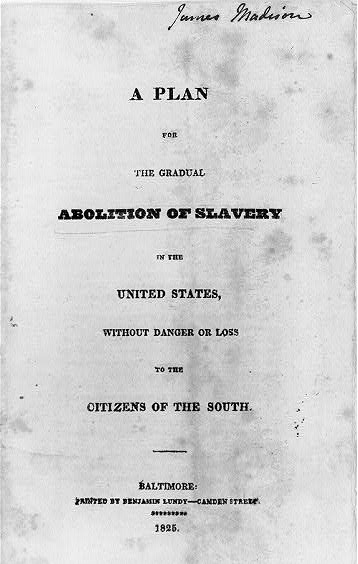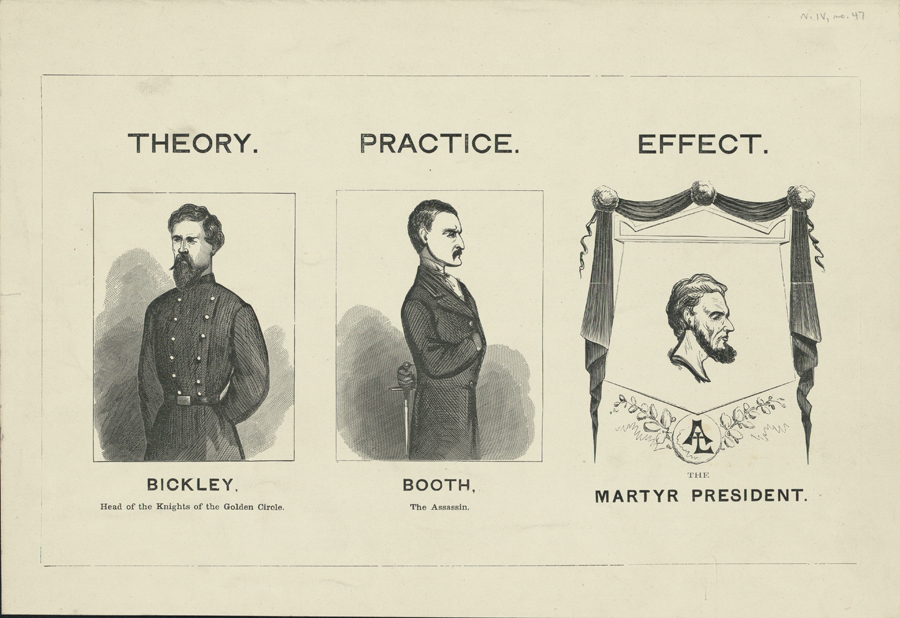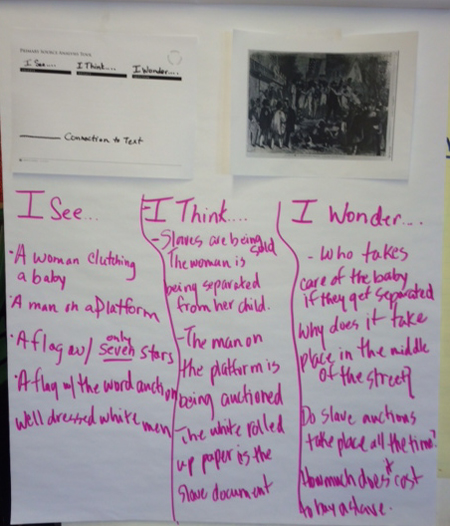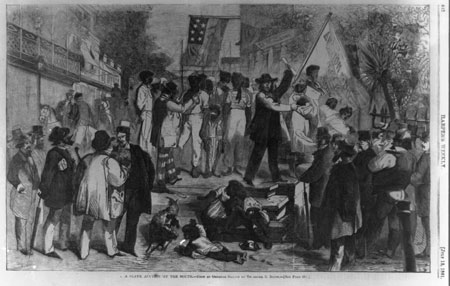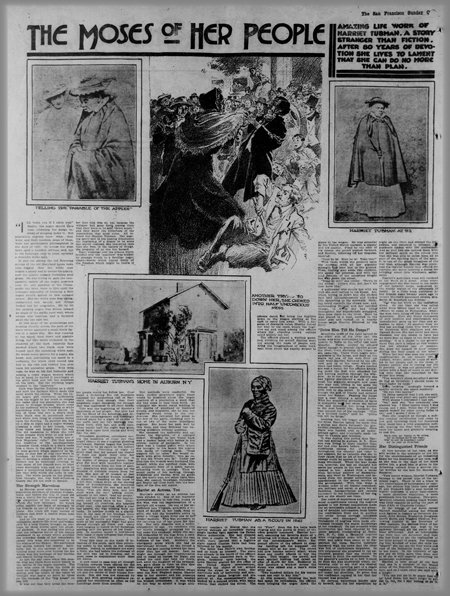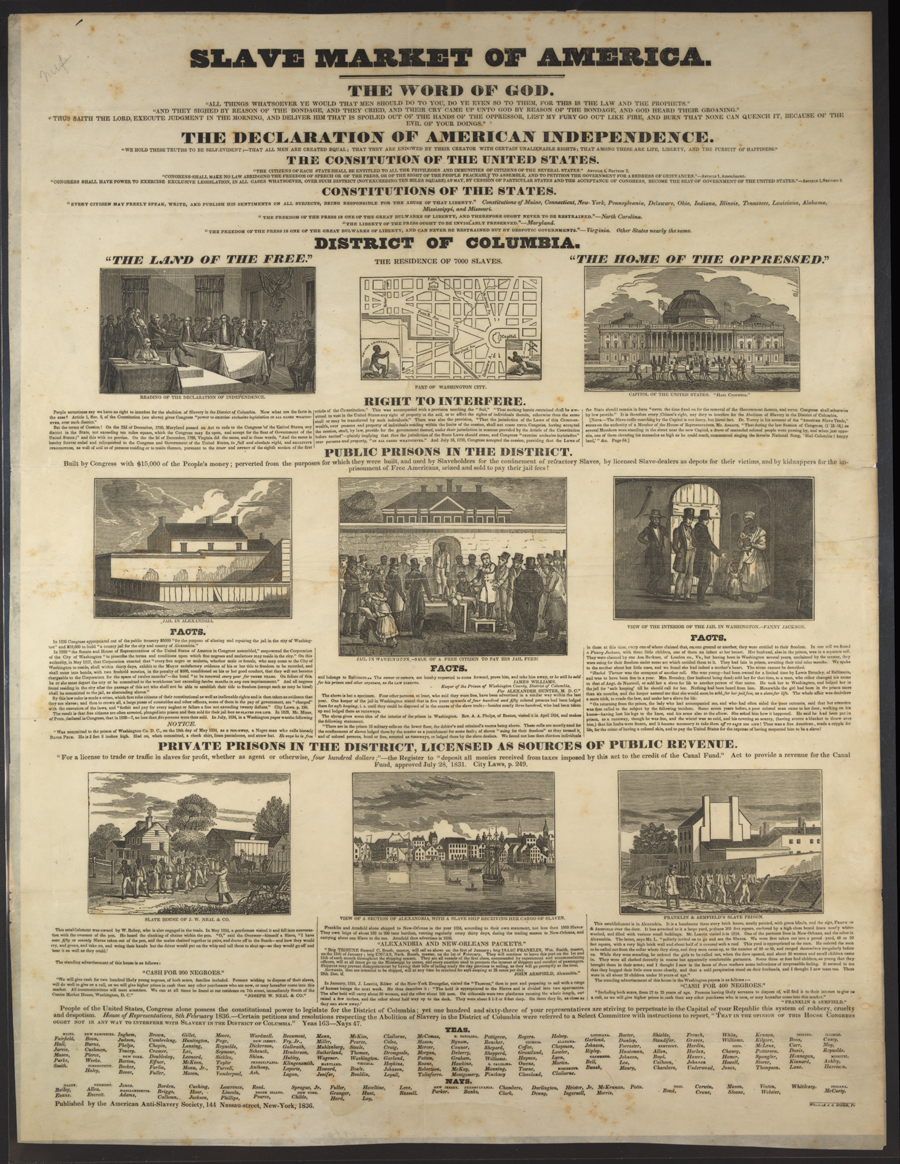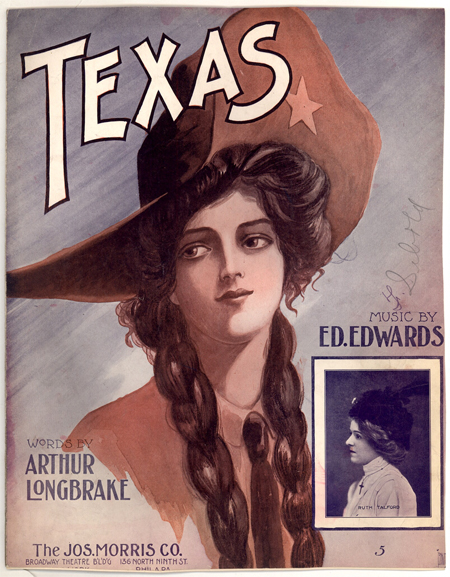Guided Primary Source Analysis: Illustrating America
Zoom into the selected section of the primary source shown above. Look closely at the details and answer the questions below. What do you see? What is happening in this scene? How do you feel when you look at this scene? What do you wonder about? Now look at the complete primary source and answer the questions below….

